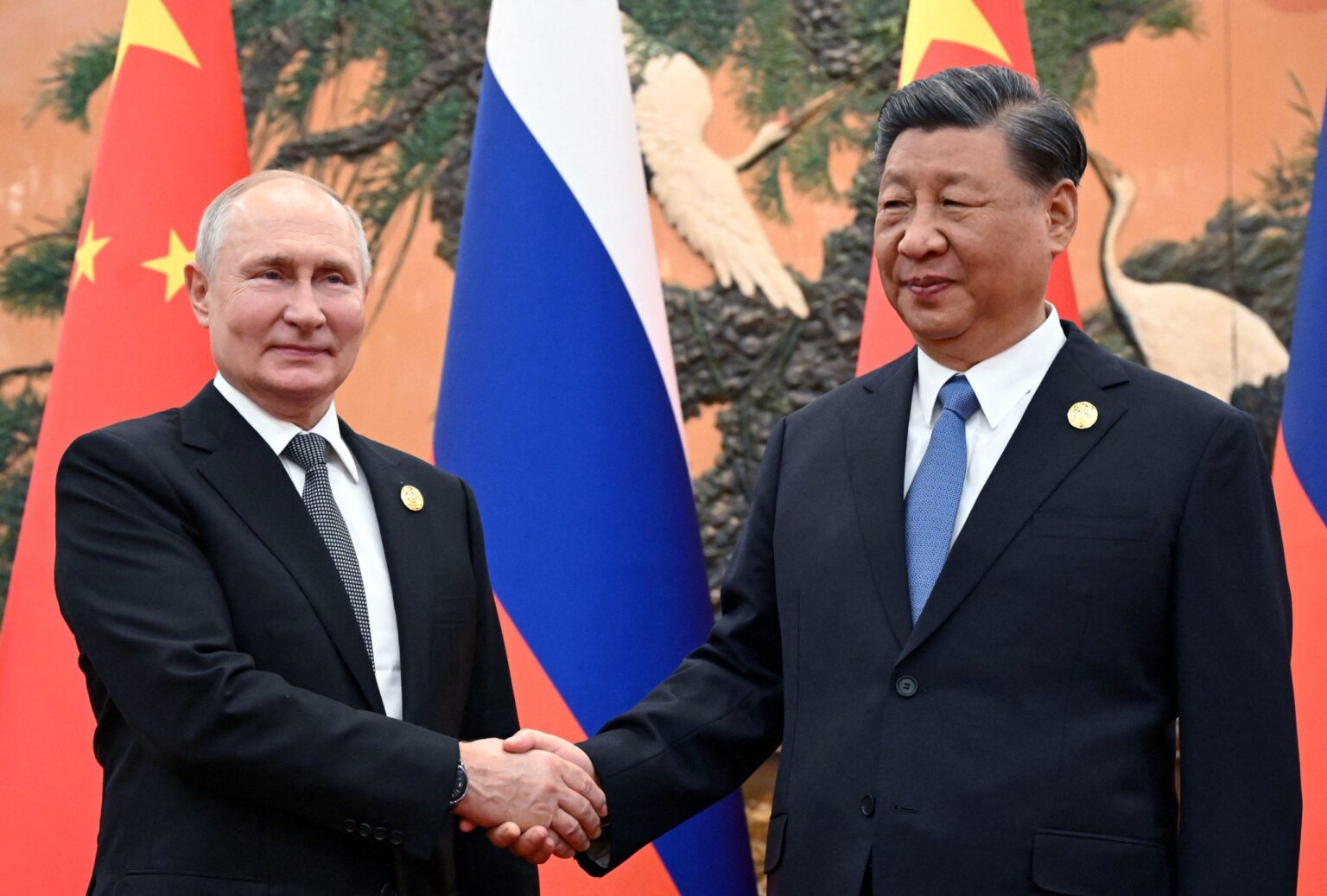In the vast expanse of outer space, a new frontier of warfare is emerging as Russia and China devise chilling strategies to dismantle US satellites. From coordinated attacks from above to cunning tactics from below, these rival nations are redefining the dynamics of global power play. Let’s delve into the ominous visions of a space-based showdown that could have far-reaching consequences for international relations.
Russia and Chinas Strategic Plans to Target US Satellites
Russia and China have been developing strategic plans to target US satellites, with the goal of disrupting critical communication networks and navigation systems. These plans involve two main approaches: attacking satellites from above and below. Here’s how each country envisions carrying out these attacks:
- Russia: Russia is exploring the use of anti-satellite missiles to target US satellites from above. These missiles would be launched from ground-based facilities or aircraft, seeking to destroy or disable vital space assets.
- China: On the other hand, China is focusing on developing cyber and electronic warfare capabilities to target US satellites from below. By hacking into satellite communication networks or jamming signals, China aims to disrupt US military operations and intelligence gathering.
Cutting-Edge Technologies Used for Satellite Destruction
When it comes to destroying satellites, Russia and China are utilizing cutting-edge technologies to outsmart the United States in the space race. Russia’s approach involves deploying kamikaze satellites that are capable of maneuvering close to enemy satellites and destroying them in a collision. These kamikaze satellites are equipped with advanced sensors and propulsion systems, allowing them to precisely target and eliminate their intended targets.
On the other hand, China is focusing on developing ground-based laser systems that can be used to blind or disable US satellites from Earth’s surface. These powerful lasers are designed to disrupt satellite communication and navigation systems, rendering them useless in a potential conflict. By combining both above and below approaches, Russia and China are demonstrating their commitment to achieving dominance in space warfare using innovative and sophisticated technologies.
Implications for Global Security and Space Dominance
Russia and China have been actively developing technologies and strategies to target and disrupt the United States’ satellite systems, posing significant threats to global security and space dominance. These efforts include two primary approaches: attacking satellites from above and below.
From above, Russia and China are working on developing anti-satellite missiles that could be launched into space to physically destroy US satellites. On the other hand, they are also exploring the use of cyberattacks and electronic warfare capabilities to target satellites from below, disrupting their functionality and communication abilities. Both of these tactics could have devastating consequences on US military operations and communications, potentially giving Russia and China a significant advantage in space dominance.
Recommendations for Preventing Satellite Attacks and Ensuring Space Sustainability
Russia and China have been developing strategies to potentially disable or destroy US satellites, threatening the reliability of critical space-based systems. To prevent satellite attacks and ensure space sustainability, it is crucial to implement the following recommendations:
- Enhance cyber defenses: Invest in robust cybersecurity measures to protect satellite communication networks from cyberattacks.
- Diversify satellite orbits: Launch satellites into different orbital planes to minimize the impact of potential attacks targeting specific orbits.
- Deploy space-based sensors: Utilize advanced sensor technology to detect, track, and respond to any hostile activity directed towards satellites.
| Recommendation | Implementation |
|---|---|
| Enhance cyber defenses | Invest in cybersecurity training for satellite operators. |
| Diversify satellite orbits | Develop a plan to distribute satellites across various orbital paths. |
| Deploy space-based sensors | Collaborate with international partners to enhance space situational awareness. |
Future Outlook
As tensions continue to rise between global superpowers, the threat of a potential space-based conflict looms large. The visions of Russia and China for targeting US satellites from both above and below serve as a sobering reminder of the ever-evolving landscape of modern warfare. With technology rapidly advancing and the stakes higher than ever, it is crucial for all nations to prioritize diplomacy and communication in order to prevent catastrophic consequences in the final frontier. Only through cooperation and understanding can we hope to navigate the complexities of space security and ensure a peaceful future for all.
